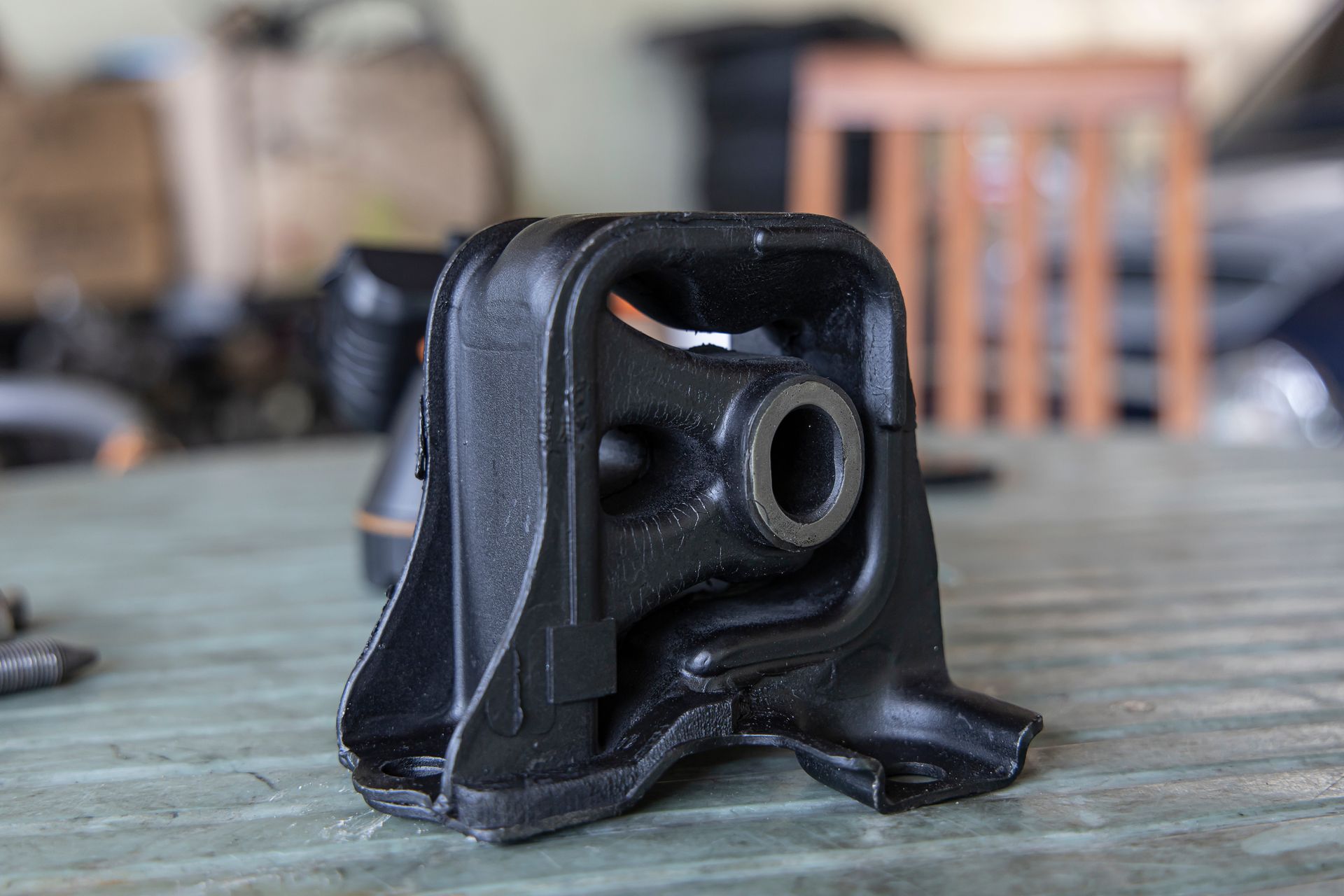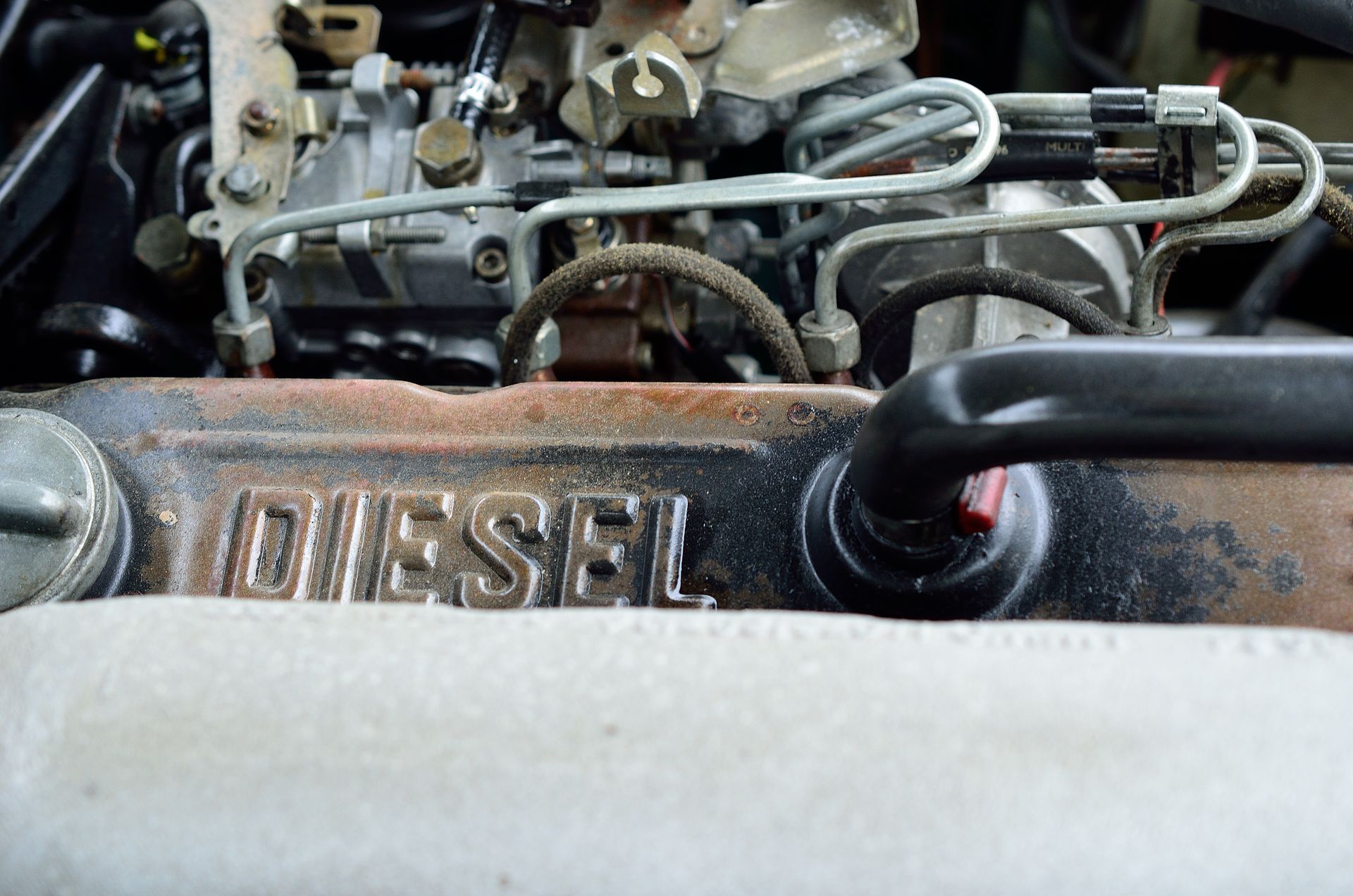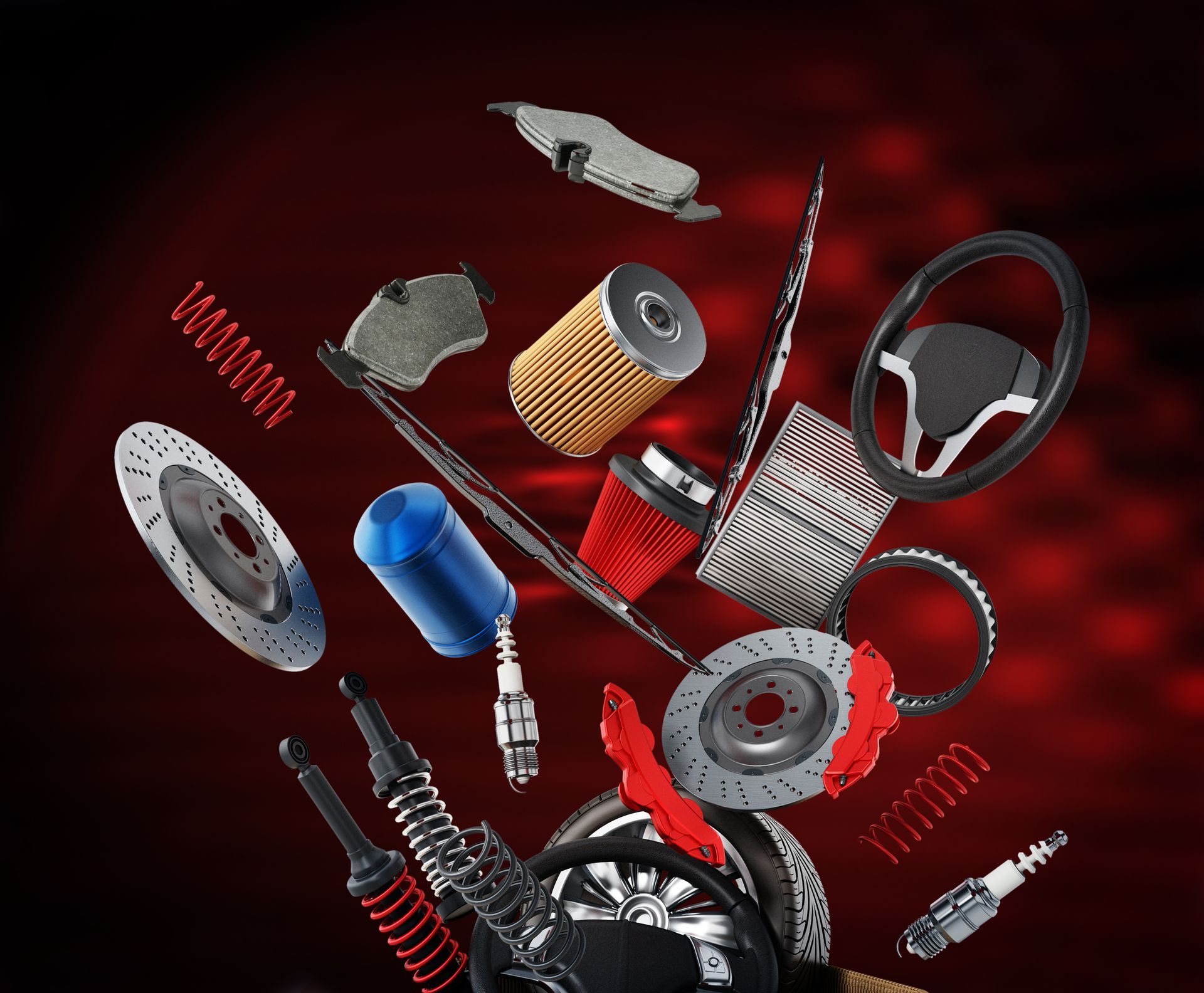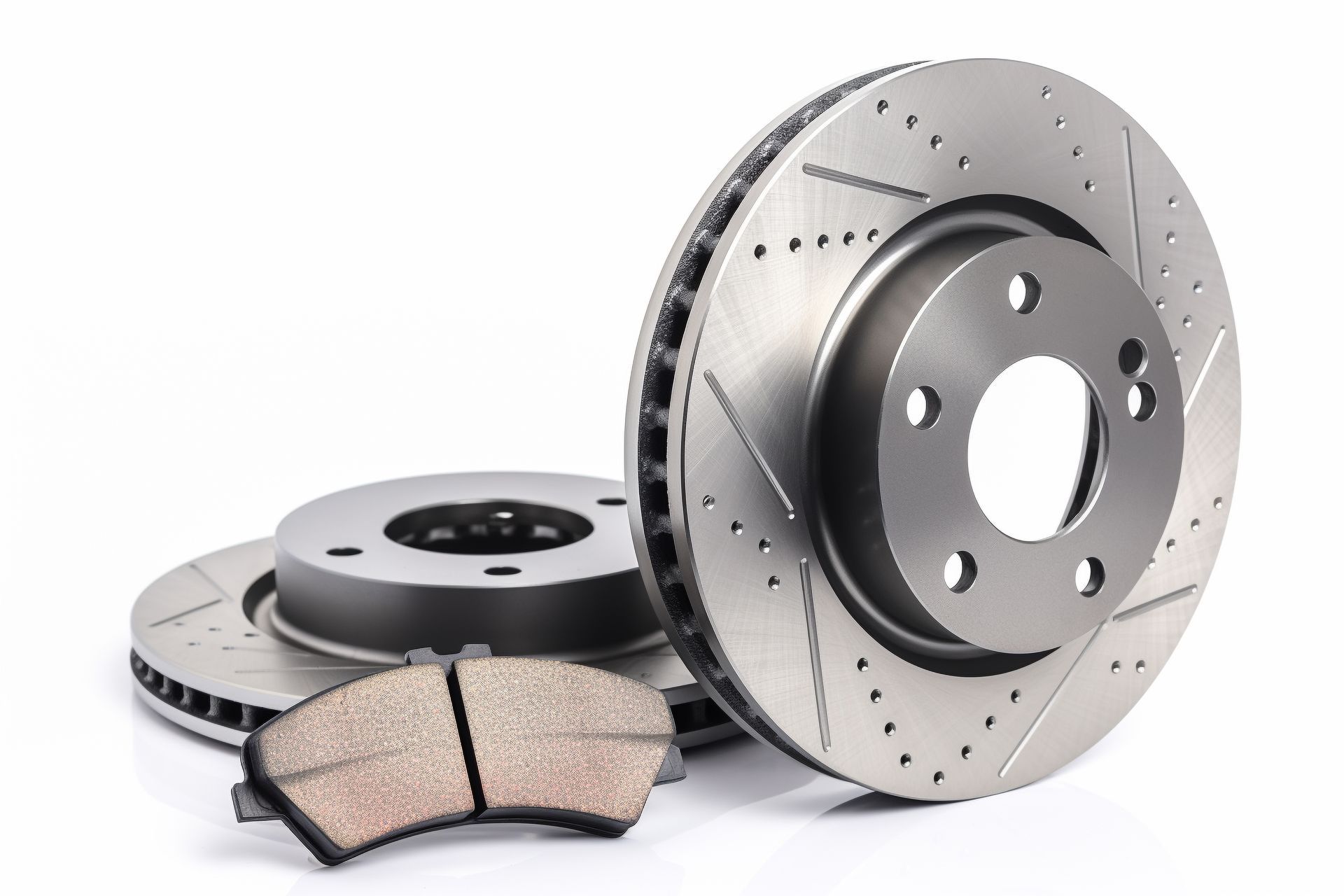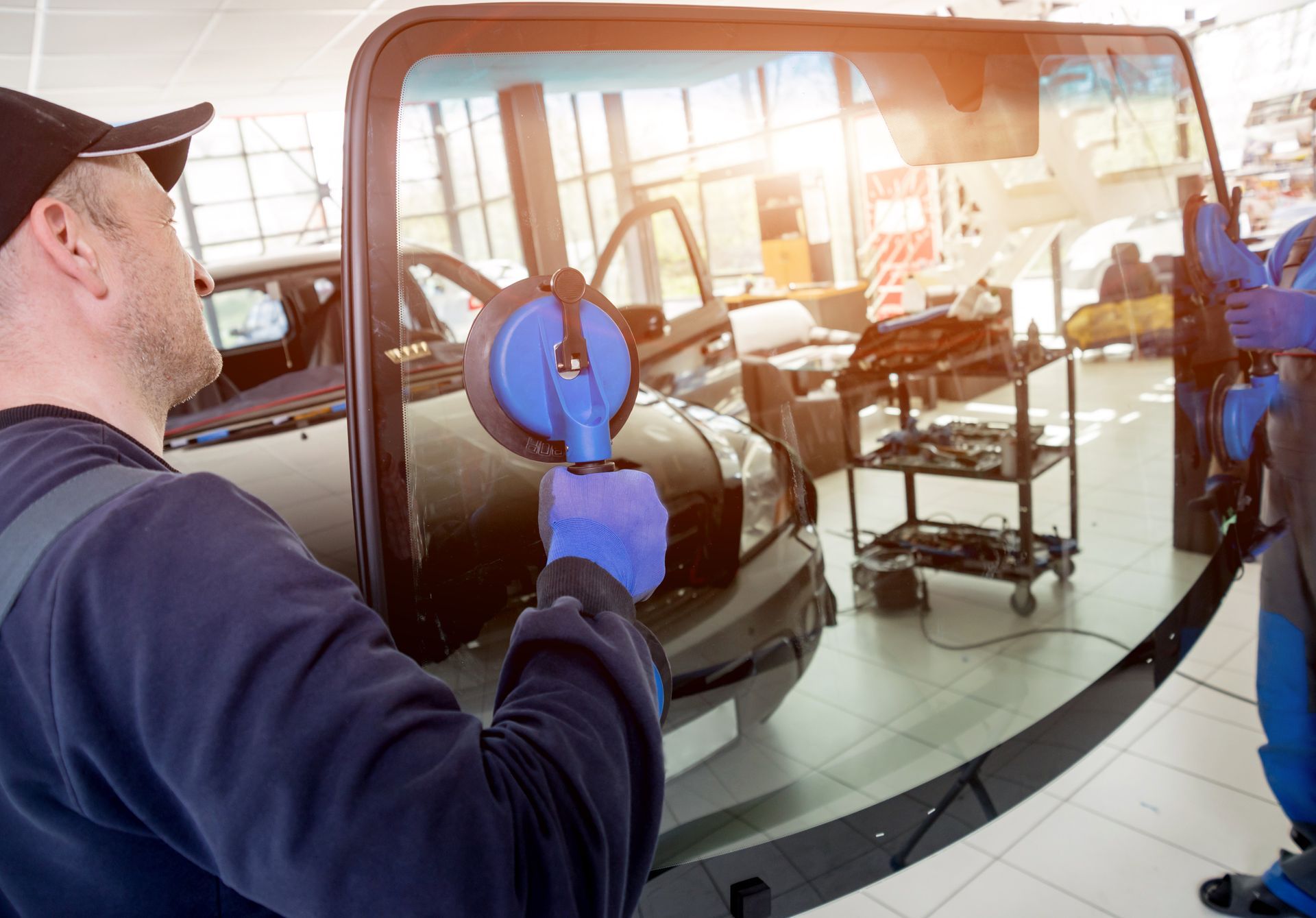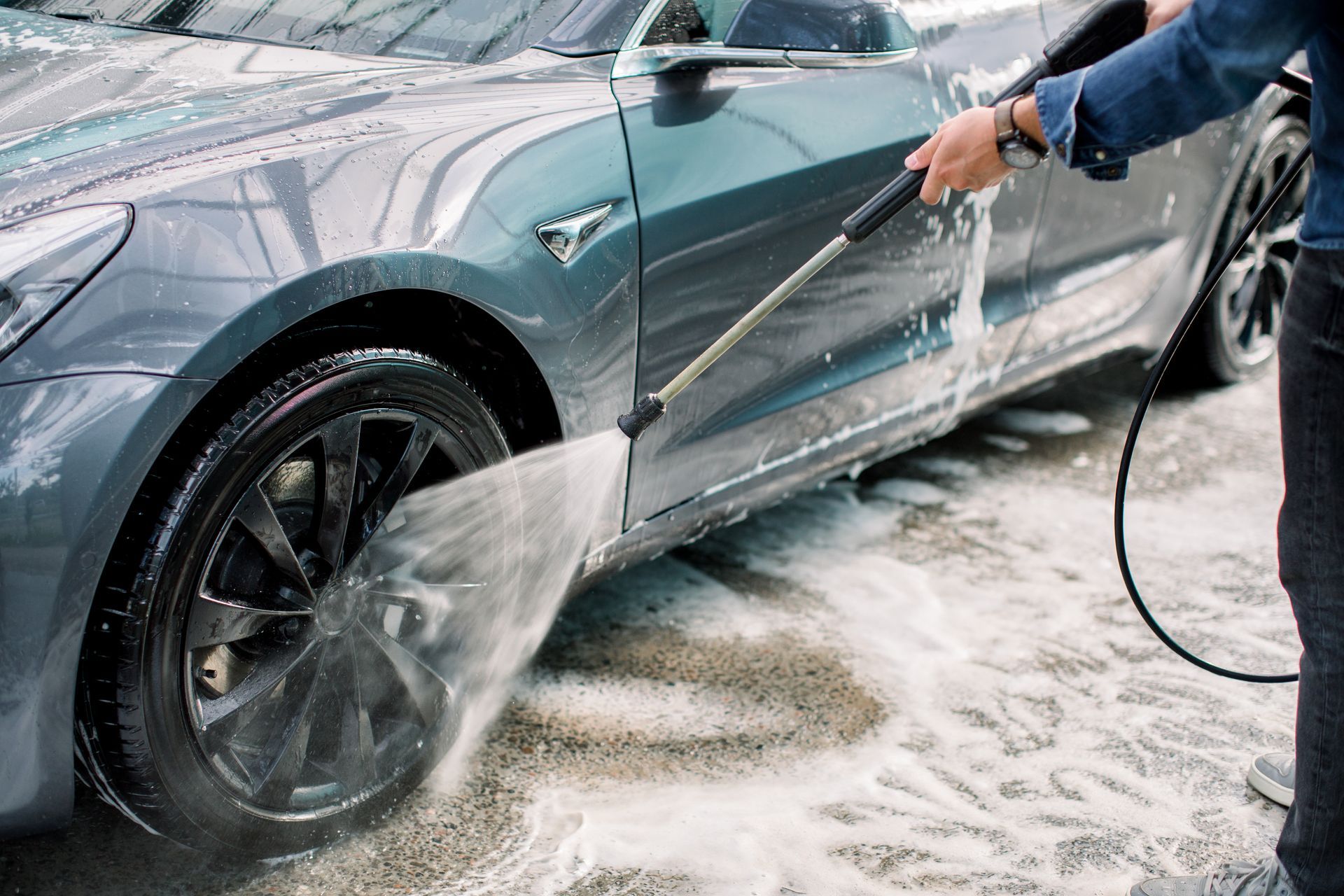Loading ...
Missing business hours data / Error occurred while getting the data.
Loading ...
Missing business hours data / Error occurred while getting the data.
Loading ...
Missing business hours data / Error occurred while getting the data.
Barsh Auto & Diesel Repair
We Have 3 Locations To Serve You!
Loading ...
Missing business hours data / Error occurred while getting the data.
Loading ...
Missing business hours data / Error occurred while getting the data.
Loading ...
Missing business hours data / Error occurred while getting the data.
What Is the Difference Between a Timing Belt, Serpentine Belt, and Timing Chain?
November 29, 2024
Car engines are a marvel of engineering, with multiple components working together to keep you moving. Among these are the belts and chains that handle fundamental tasks under the hood. If you’ve ever heard terms like “timing belt,” “serpentine belt,” or “timing chain” tossed around, you might wonder what they mean and how they differ. Understanding these parts’ roles can help you make informed decisions about maintenance and repairs.
Timing Belt
The timing belt plays a critical role in the engine’s functionality by synchronizing the crankshaft and camshaft rotation. This ensures that the engine’s valves open and close at the precise time necessary for proper combustion. Typically made of rubber with reinforcing fibers, the timing belt is designed to be durable, but it doesn’t last forever.
Over time, the belt can wear down due to heat, friction, and age, leading to a risk of snapping. If the timing belt fails, it can result in catastrophic engine damage, especially in interference engines where the valves and pistons share the same space. Most manufacturers recommend replacing the timing belt every 60,000 to 100,000 miles, depending on the vehicle.
Signs that your timing belt may need attention include ticking noises from the engine, difficulty starting the car, or visible wear on the belt itself if you’re able to inspect it.
Timing Chain
A timing chain serves the same purpose as a timing belt—keeping the crankshaft and camshaft synchronized. However, unlike the rubber timing belt, the timing chain is made of metal, making it significantly more durable. Timing chains are designed to last much longer, often the entire life of the engine, provided they are well-maintained and properly lubricated.
That said, timing chains aren’t immune to wear. Over time, they can stretch or develop slack, leading to poor engine performance or, in severe cases, engine damage. Keeping up with oil changes is critical for the longevity of a timing chain, as the oil provides the necessary lubrication to reduce friction.
If you notice a rattling noise from the engine, particularly when starting the car, it could indicate an issue with the timing chain or its tensioner. Addressing these issues early can save you from costly repairs down the road.
Serpentine Belt
The serpentine belt, also known as the drive belt, powers various car components, such as the alternator, air conditioning compressor, power steering pump, and, in some cases, water pump. Unlike the timing belt, the serpentine belt doesn’t control engine timing but instead drives the accessories that keep your car comfortable and functional.
Serpentine belts are usually long, single-loop belts made of durable rubber with grooves for traction. Because they handle multiple systems, a failing serpentine belt can lead to several problems at once, like a dead battery, loss of power steering, or an overheated engine.
The lifespan of a serpentine belt is generally between 50,000 and 100,000 miles, but wear and tear can vary based on driving conditions and climate. A screeching sound from under the hood or cracks on the belt’s surface are common signs it might be time for a replacement.
Key Differences at a Glance
While the timing belt and timing chain both handle engine synchronization, their material and longevity set them apart. Timing belts need periodic replacement, whereas timing chains, if properly maintained, can last the life of the engine.
On the other hand, the serpentine belt serves an entirely different purpose, driving accessory systems rather than engine timing. It’s easier and less costly to replace compared to timing belts or chains, but its failure can still disrupt your car’s functionality.
Stay ahead of potential problems by letting
Barsh Automotive take care of your car’s belts and chains. Our professional team is here to keep your vehicle in peak condition—call or visit us today!
Loading ...
Missing business hours data / Error occurred while getting the data.
Loading ...
Missing business hours data / Error occurred while getting the data.
Loading ...
Missing business hours data / Error occurred while getting the data.


